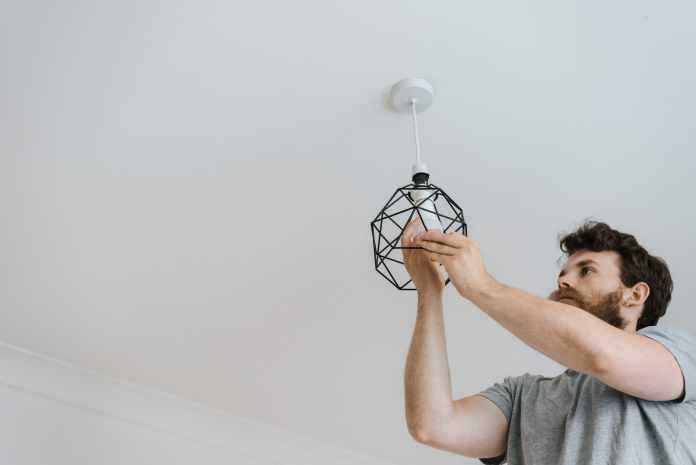Tripping circuit breakers are an inconvenience but shouldn’t be ignored as they signify an underlying electrical issue. To resolve the problem, understand when the tripping occurs. Do the circuit breakers trip when you plug in too many devices? Is it after a storm? Does the whole house lose power or just certain areas?
Consult a qualified electrician at passelectric.ca to evaluate your home’s electrical system and make the necessary repairs. Doing it sooner protects your home from further damage and potential fire hazards. What might be causing your circuit breakers to trip?
Table of Contents
A Faulty Outlet or Device
If you have a circuit breaker that trips every time you plug in a particular appliance or electronic, the outlet or device is likely faulty and needs replacement. Probably, it is drawing too much power from the circuit, or there’s a loose connection somewhere.
Don’t ignore the problem as it could cause an electrical fire. Have a certified electrician check the outlet and appliance to resolve the issue. They’ll either repair or replace the outlet.
To know whether it’s the device or outlet that’s faulty, plug the appliance into another outlet. If it also trips that circuit breaker, the appliance, not the outlet, is defective.
Overloaded Circuit
If your breaker trips and shuts off electricity to your entire home, it’s likely due to an overloaded circuit. An overload happens when there’re too many devices plugged in.
The fix is easy, unplug some of the devices on that circuit and spread them out over others. A permanent solution is to have an electrician add a new circuit to accommodate your needs.
Loose Wiring
If the circuit breaker trips without apparent reason, loose or damaged wiring is likely the culprit. With age, wiring insulation deteriorates, causing bare wires to come into contact with each other, creating a fire hazard.
This problem is best left to a certified electrician with the knowledge and experience to inspect your home’s wiring and make the necessary repairs. Other signs of loose wiring are flickering lights and outlets that don’t work.
An Outdated Electrical Panel
If your circuit breaker frequently trips, it may indicate your home has an outdated electrical panel. It means it can’t handle the increasing electricity demands of your home. To resolve the problem, upgrade to a new electrical panel.
The upgrade is an extensive exercise requiring a certified electrician. Upgrading leads to increased safety and fewer inconveniences. You’ll have more power outlets and can accommodate new appliances and electronics.
Poor Grounding
If you live in an older home, poor grounding may be causing your circuit breaker to trip. Poor grounding occurs when the electrical current doesn’t have a proper path to the ground. It flows through other parts of the circuit, overloading and causing the breaker to trip.
The solution is to have a certified electrician evaluate your home’s grounding system and make the necessary repairs. Some possible solutions are installing grounding rods or adding a ground wire to the electrical panel.
A Tripped GFCI Receptacle
If you have a circuit breaker that trips when you plug in a particular appliance, it may be due to a tripped GFCI receptacle. A GFCI receptacle is designed to protect against electrical shocks. It does this by constantly monitoring the current flowing through the circuit.
If the receptacle detects a difference in the current, it trips the breaker, shutting off power to the circuit. To reset a tripped GFCI receptacle, simply push the “reset” button. If the outlet continues to trip the circuit breaker, have a certified electrician inspect it for damage.
Always Consult Experts
If your circuit breaker trips frequently, determine the cause so you can take the necessary steps. Ignoring the problem can lead to severe consequences, such as an electrical fire. If unsure what’s causing the issues, it’s best to contact a certified electrician for an inspection. They have the knowledge and experience to diagnose the problem and make the necessary repairs.
















